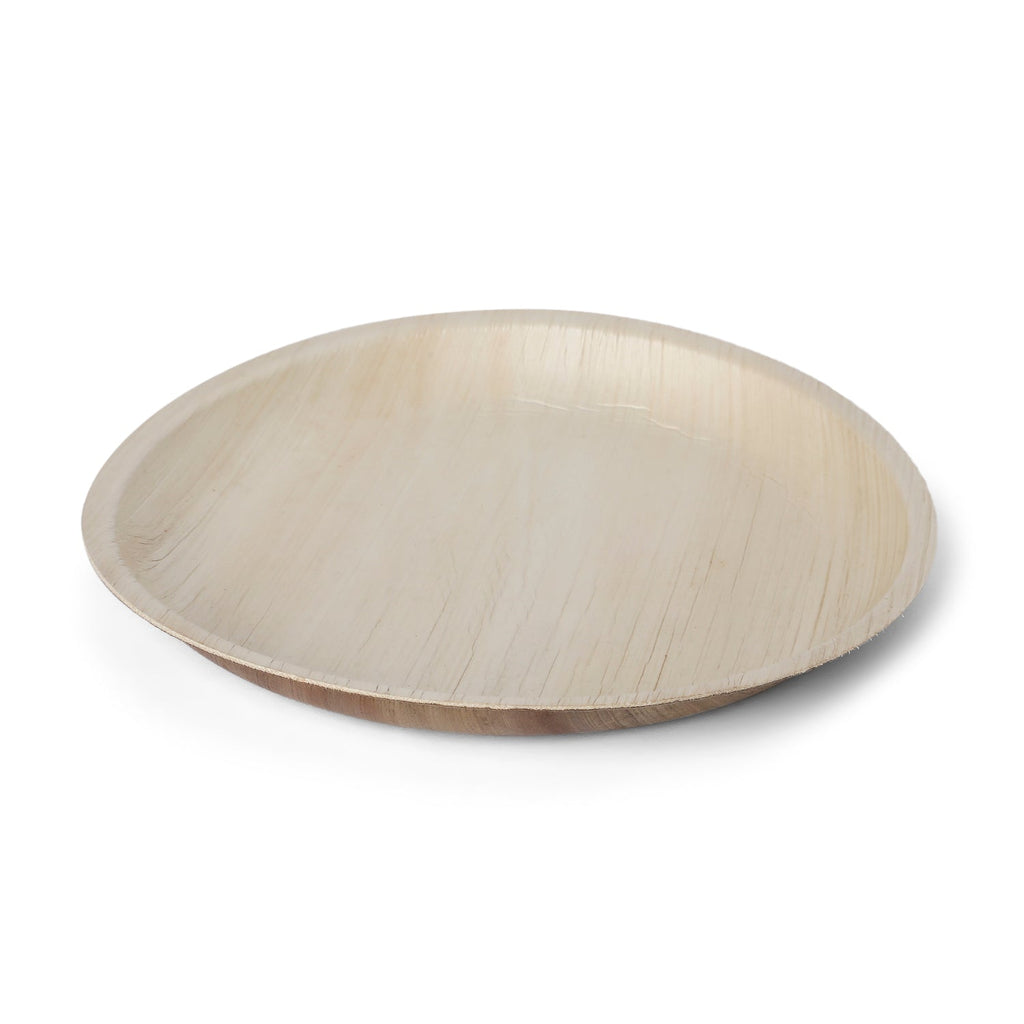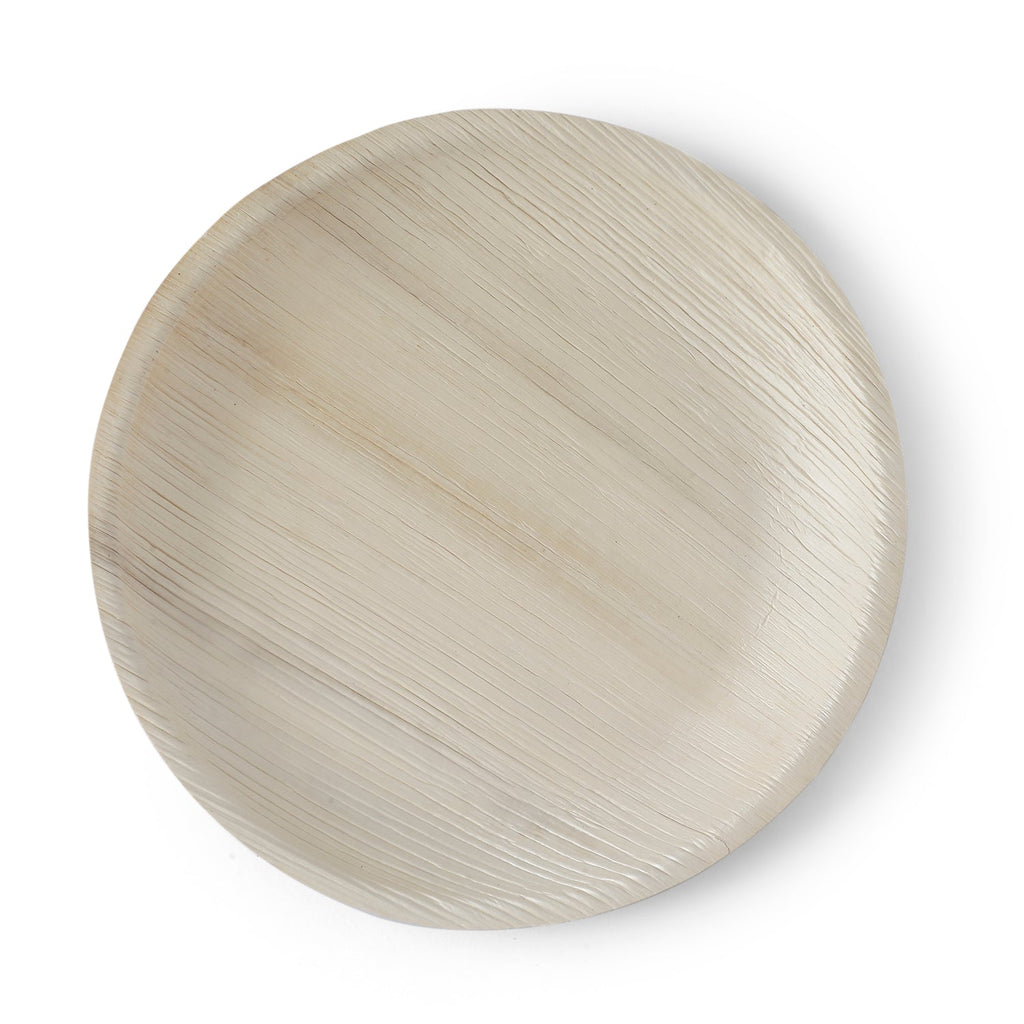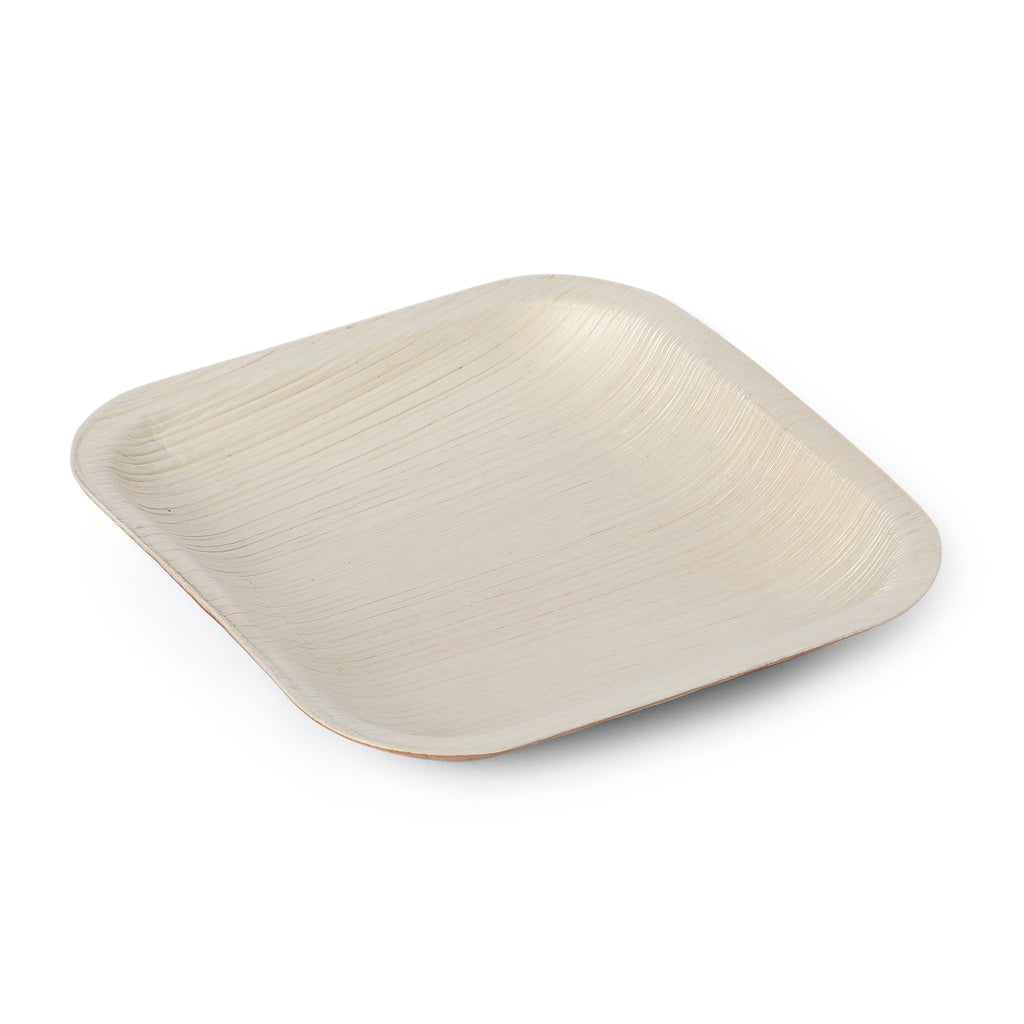
Current Market Challenges and Strategic Opportunities for the Palm Leaf Plate Industry

The palm leaf plate industry, despite its environmental benefits and sustainability appeal, is currently grappling with several key challenges. From rising food prices and fluctuating input costs to increasing competition from cheaper alternatives, manufacturers are finding it difficult to maintain profitability and market share. However, there are strategic opportunities that the industry can explore to overcome these obstacles and chart a path toward sustainable growth.
1. Rising Food Prices and Impact on the Buying Cycle
The global increase in food prices has placed significant financial pressure on foodservice businesses, which are major buyers of disposable tableware like palm leaf plates. As restaurants, caterers, and event organizers face higher operational costs, they are looking for ways to reduce expenses. This has led many to choose more affordable alternatives, such as bagasse or bamboo plates, over palm leaf products.
This price sensitivity is expected to persist, particularly as inflation continues to impact the cost of living in key markets like the US and Europe. The higher pricing of palm leaf products, though justified by their quality and sustainability, has lengthened the buying cycle, with customers placing orders less frequently or in smaller quantities.
2. Higher Pricing Compared to Alternatives
One of the most pressing issues facing the palm leaf plate industry is the relatively high cost of its products compared to other eco-friendly alternatives. Bagasse, for example, is derived from sugarcane waste and is much cheaper to produce, making it an attractive option for cost-conscious buyers. Bamboo plates are also gaining popularity due to their affordability and versatility.
To compete effectively, palm leaf manufacturers need to focus on creating a strong value proposition that justifies their higher pricing. This could involve highlighting the unique characteristics of palm leaf plates, such as their natural aesthetic appeal, chemical-free production process, and biodegradability. By emphasizing these features, manufacturers can appeal to consumers who are willing to pay a premium for eco-friendly products that align with their values.
3. Fluctuating Input Costs and Excess Stock
The palm leaf industry has long struggled with fluctuating input costs, particularly the price of raw palm leaves. This volatility has forced manufacturers to raise their prices, which has in turn dampened demand. In an effort to hedge against future price increases, many manufacturers have stockpiled raw materials, resulting in excess inventory when demand slowed in 2023.
This issue of excess stock is a major challenge for the industry, as it ties up valuable resources and limits manufacturers' ability to respond to market changes. To address this, manufacturers will need to improve their inventory management practices, reduce waste in the supply chain, and focus on demand forecasting to better align production with market demand.
4. Strategic Opportunities
Despite the challenges, the palm leaf plate industry has several opportunities to position itself for future growth:
Market Diversification: Expanding into emerging markets in Asia, Africa, and Latin America, where urbanization and environmental awareness are on the rise, could help offset the reduced demand in the US and Europe. These regions offer significant potential for growth, especially as disposable incomes increase and sustainability becomes a priority for governments and consumers alike.
Product Innovation: The industry can differentiate itself by offering innovative products that cater to specific market needs. This could include customized designs, premium offerings for special events, or reusable palm leaf products. By focusing on product innovation, manufacturers can create a niche market that is less price-sensitive and more focused on quality and sustainability.
Collaborations with Foodservice Businesses: Building strong partnerships with foodservice companies can help manufacturers tailor their products to meet the specific needs of these businesses. Offering bulk discounts, custom packaging, and faster delivery times could make palm leaf plates a more attractive option for restaurants and caterers, despite the higher price point.
Sustainability Marketing: As consumers continue to prioritize sustainability, manufacturers should focus on educating the market about the environmental benefits of palm leaf plates. By highlighting the biodegradability, lack of chemical processing, and positive impact on local communities, manufacturers can appeal to eco-conscious buyers who are willing to pay a premium for products that align with their values.
Conclusion
The palm leaf plate industry faces significant challenges due to rising food prices, competition from cheaper alternatives, and fluctuating input costs. However, by focusing on market diversification, product innovation, and strong partnerships with foodservice businesses, the industry can capitalize on the growing demand for eco-friendly products and position itself for long-term success. Emphasizing the unique sustainability benefits of palm leaf plates will be crucial in attracting and retaining customers in an increasingly competitive market.






